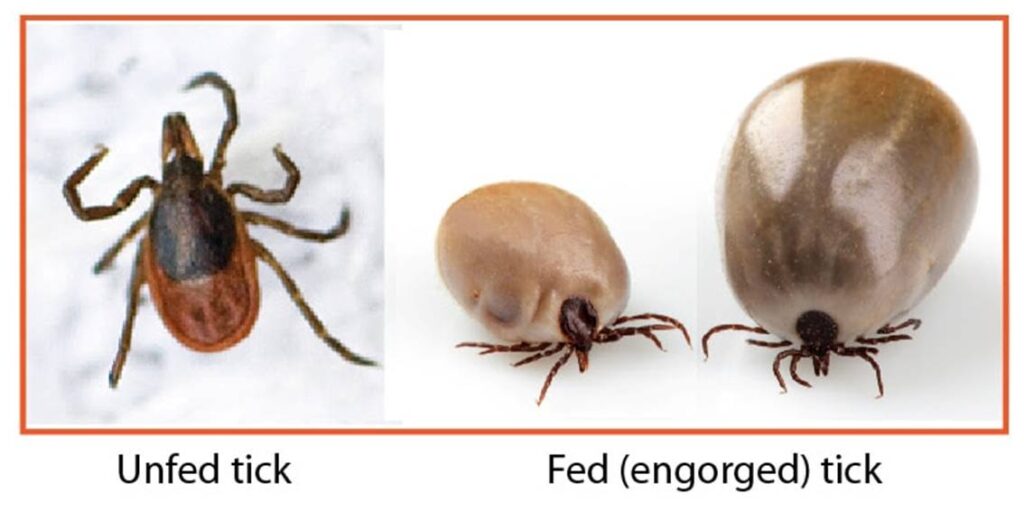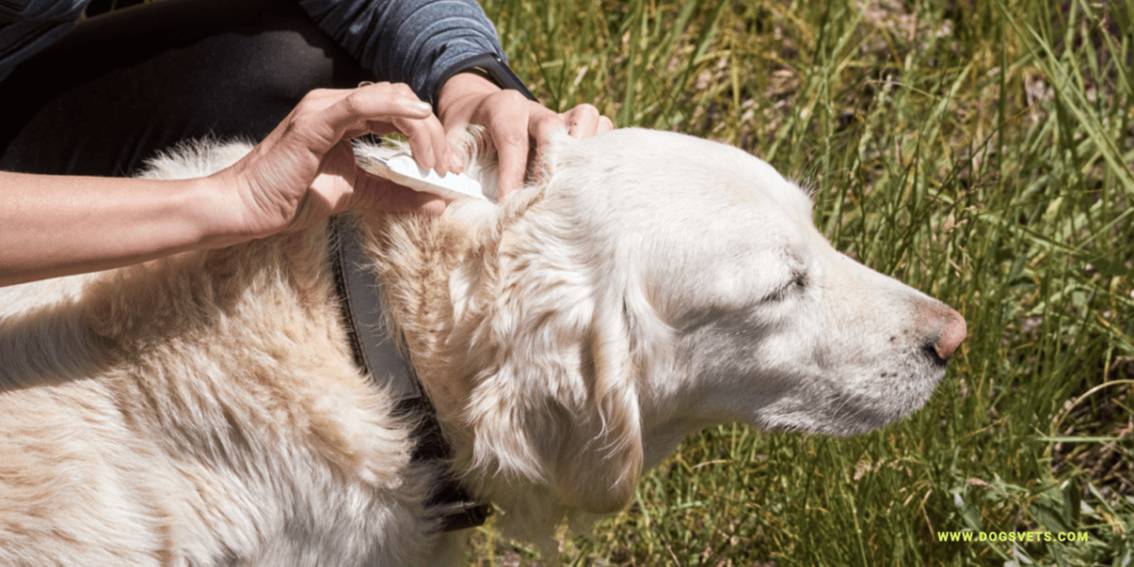Dog Tick Safety: A Full Guide to protect your Dog from Ticks
Dog tick safety: Ticks are more than just a nuisance. These tiny pests can transmit serious diseases to your dog, such as Lyme disease and Anaplasmosis. Protecting your furry friend requires a consistent, multi-layered defence strategy. Follow these essential steps to significantly reduce the risks ticks pose.
Understand the Threat
Ticks do not fly or jump. They practice “questing,” which means they wait on the tips of grass and shrubs for a host to brush past. Both you and your dog can unknowingly pick them up during walks, hikes, or even in your own backyard. Ticks thrive in warm, humid environments but remain a threat year-round.
Use Veterinary-Recommended Prevention: This is your first and most important line of defence.
Consult Your Vet: Your veterinarian can recommend the best preventative product for your dog’s age, breed, and lifestyle.
Choose a Product: Options include oral chews, topical “spot-on” treatments, and special tick-repellent collars.
Maintain Consistency: Apply or administer these products exactly as the label directs. You must use them year-round for continuous protection.
Perform Daily Tick Checks
Make a quick inspection a part of your daily routine, especially after your dog has been outdoors.
Feel for Bumps: Run your hands over your dog’s entire body, feeling for small, unfamiliar bumps.
Check Key Hiding Spots: Ticks prefer hidden areas. Thoroughly check between toes, under the collar, inside the ears, and around the groin and armpits.

Maintain Your Outdoor Space
A tidy yard creates a less welcoming environment for ticks.
Mow Frequently: Keep your lawn short to eliminate the tall grass ticks inhabit.
Clear Debris: Remove leaf litter, tall grasses, and brush piles.
Create a Barrier: Consider placing a 3-foot-wide barrier of wood chips or gravel between your lawn and wooded areas. This deters ticks from migrating into play areas.
Remove Ticks Correctly and Quickly
If you find a tick attached to your dog, act fast. Removing it within 24-48 hours greatly reduces the risk of disease transmission.
Use Fine-Tipped Tweezers: Do not use your fingers.
Grasp Close to the Skin: Grab the tick’s head as close to your dog’s skin as possible.
Pull Up Steadily: Pull straight upward with steady, even pressure. Do not twist or jerk, as this can leave mouthparts behind.
Clean the Area: After removal, thoroughly clean the bite site and your hands with rubbing alcohol or soap and water.
Dispose of the Tick: Submerge it in alcohol, place it in a sealed bag, or flush it down the toilet.
Dog tick safety: Watch for Signs of Illness
Even with the best prevention, stay vigilant for symptoms of tick-borne diseases. Contact your veterinarian immediately if your dog shows any of these signs:
Lethargy or weakness
Loss of appetite
Fever
Lameness or joint swelling
Unexplained pain
By combining preventative products, daily checks, and yard maintenance, you create a powerful shield against ticks. This proactive approach will help ensure your dog stays happy, healthy, and tick-free.



